The nuances of planting and growing basil in a greenhouse
A greenhouse or greenhouse in a garden area allows you to have any greens on the table out of season. If you wish, you can even plant basil (cultivation from seeds in closed ground begins in early March). Contrary to popular belief, plant care is not that difficult. So how to get a great harvest of basil in your greenhouse? When is planting, watering and feeding carried out?
Greenhouse and soil requirements
Before planting basil, it is important to make sure your greenhouse or greenhouse meets all requirements. If you plan to plant greenery early, then you should give preference to durable covering materials - glass or polycarbonate. They more reliably protect against frost, maintaining a constant microclimate without sudden temperature fluctuations. The so-called soil cushion (a mixture of soil, rotted manure and organic matter) or special racks also well protects the seedlings from the cold. By the way, the latter option greatly facilitates the care of the basil and saves a significant amount of water for irrigation. For airing, you need vents, in addition, when hot summer days come, the greenhouse or greenhouse will need to be shaded. If we talk about the location, it is preferable to choose a sunny area without plantings on the south side.
The plant is quite demanding on the characteristics of the soil. Basil prefers sandy loam, well seasoned with organic matter. The soil should be moderately acidic, loose. It is best to remove the top layer of soil (20-25 cm) in the fall and fill the beds with a mixture of garden soil, sand and peat. You can simply dig up the earth on a shovel bayonet, and then add 3-5 kg of compost or humus, 25 g of superphosphate and 15 g of potassium salt for each square meter. You can prepare the soil in the spring, if in the fall for some reason the land was not fertilized (this must be done 2 weeks before planting the greenery).
Growing from seeds and seedlings
There are two ways to grow basil in a greenhouse - seeds and seedlings. Planting in a seedling box or rack in the south takes place in early March, and in cold regions a month later. Basil seeds are usually cultivated in late April or early May, when the greenhouse or greenhouse is warm enough.
So what are the features of each method?
- Basil: grown from seed.
Plants are planted in well-moistened soil to a depth of 1 cm.The seeds are placed at a distance of 15-20 cm from each other, the row spacing is 30-35 cm.In the southern regions, the plants develop more strongly, so there the distance is increased by another 10 cm.Then the planting is mulched and covered with a double layer of plastic wrap until emergence. They usually appear in 10-12 days (at a temperature of 20-25 degrees). Further, the care of the basil is carried out as usual - if necessary, it is thinned out, watered, fed, the greenhouse is ventilated.
- Basil: growing by seedlings.
Seeds are sown in special containers or racks, several pieces per nest. The depth of the touch is 0.5 cm, at a distance of about 3 cm from each other. One square meter will need 6 g of seeds. Immediately after sowing, the containers are covered with glass, transparent plastic or plastic wrap and the air temperature is maintained at 20-25 degrees. After about 1.5-2 weeks, the first shoots appear. If the seedlings develop poorly, then during the period when the first true leaf appears, it is watered with a solution of phosphorus, potassium and nitrogen fertilizers (ratio 5: 3: 2). When the plants acquire 2 real leaves, a pick is made.Basil is planted at a distance of 5 cm from each other, this will allow it to develop normally. Care is carried out as needed, the plants are periodically watered and ventilated. Before planting on a permanent place (usually 45-60th day) in the greenhouse or greenhouse gradually reduce the temperature. Then the seedlings are planted according to the 20x35 cm scheme.
Advice
Growing basil seedlings can significantly shorten the growing season.
How to care for basil?
Basil grows rather slowly at first. It is optimal if the temperature is maintained at 22-28 degrees Celsius. If it drops to 15 degrees, then the plants slow down their growth, and at a temperature of +3 they can completely die. However, basil does not tolerate heat either, so in the warm season, the greenhouse or greenhouse should be regularly ventilated. In addition, the plants need the following care.
- Watering. The basil beds should be watered abundantly every 7 days. The water should be warm (about 25 degrees), at least for a day. The automatic drip system is very convenient, but you can use watering cans with a wide spray. Plants do not tolerate high humidity, so when the earth dries out more often in the heat, watering is also carried out once a week, and to retain moisture, the soil is mulched with needles or sawdust.
- Top dressing. The first time basil is fed 2 weeks after planting in a permanent place, when it finally takes root. Nitrogen fertilizers stimulate the growth of greenery. To prepare them, 10 g of urea is diluted in 10 liters of settled water and watering is replaced (consumption is 3 liters per square meter). The second time the basil is fed after another 2-3 weeks. You can use complex fertilizers (25 g per 10 l of water) or dilute manure, compost, bird droppings with water (10 to 1 ratio). Further, the plants are fertilized after each next cut of the shoots.
Advice
In a cold rainy summer, the basil needs additional care in the form of 2-3 dressings with potassium sulfate
Harvesting
When the basil shoots reach 10-12 cm, they are cut off above the 2nd or 3rd pair of true leaves at a height of 7-8 cm above the soil level. Then the soil between the rows is loosened and fertilized. After 2-3 weeks, new tender twigs with leaves grow from the sinuses, they are cut again, and the basil is fed. In total, 3-4 harvests are obtained from each bush of spicy greens. Harvesting is carried out until the beginning of mass flowering, after which the shoots become coarser. If drying is planned, the plants are cut in dry weather.
The best varieties of basil
There are no less than 150 varieties of basil in total. They differ not only in their taste, but also in color and size of the bush. Some require careful care, while others can be easily grown even by an inexperienced gardener.
So what do you need to know about the varieties of this plant?
- Purple basil is used as a condiment for Caucasian and Central Asian cuisine. The green variety has a less pungent odor and is more popular in European countries.
- Basil aroma can have clove, pepper, lemon, anise, pickle, mint, caramel, or vanilla notes.
- Basil with aniseed scent is used in the preparation of fish, vegetable dishes. The peppery, clove aroma is more suitable for meat, and drinks and desserts are prepared with vanilla, lemon and caramel basil.
- There are also early, middle and late varieties of basil.
- The height of the bush, depending on the variety, can range from 18 to 85 cm. Low-growing plants can be grown in a pot at home.
Of the early ripening varieties, I would like to mention "Clove" (25-40 days) and "Yerevan" (45-60 days). The first has a rich clove-aniseed aroma, a green large leaf. Plant height 35-45 cm, weight -150-280 g. Variety "Yerevan" has a peppery-clove aroma, its leaf is purple, medium in size. The average weight of one plant is 400 g.The most massive variety is considered "Gourmet clove" (800-900 g), its leaves are medium, green, have a strong clove aroma. Basil "Thai Queen" is the most decorative variety, its flowers resemble unblown clusters of lilacs, purple leaves, delicate anise-clove aroma. Another popular purple basil is "Dark Opal", it is easy to care for, and the taste of the plant is perhaps the most intense.
Output
Indoors, caring for basil is not difficult, it grows quickly and practically does not get sick. In addition, planting and growing basil in a greenhouse or greenhouse allows you to collect spicy greens both in summer and in spring and late autumn. The plant perfectly tolerates almost any neighborhood, it can be planted with tomatoes, eggplants, other vegetables, herbs.
All that is needed for the good growth of basil is proper care, then the harvest will delight with its abundance and taste. Basil is eaten not only to improve the taste of dishes, but also for various inflammations, viral infections, and digestive problems. In some countries, it is believed that it has the ability to scare away evil spirits, and our gardeners have noticed that plants avoid ticks and other harmful insects. As you can see, there are a lot of advantages of growing basil, you just have to choose your favorite variety - and you can start planting it.
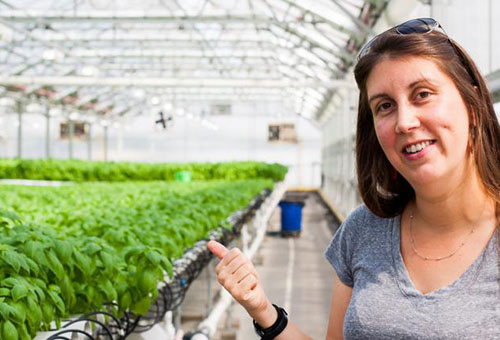
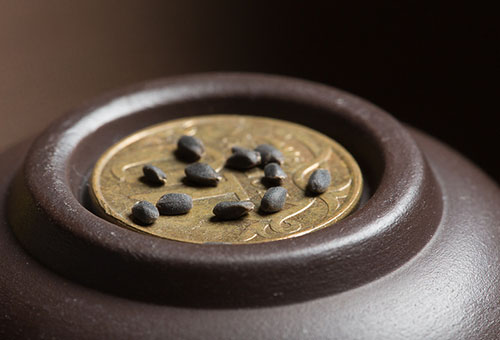
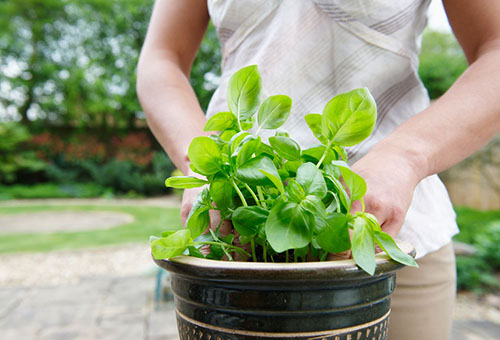
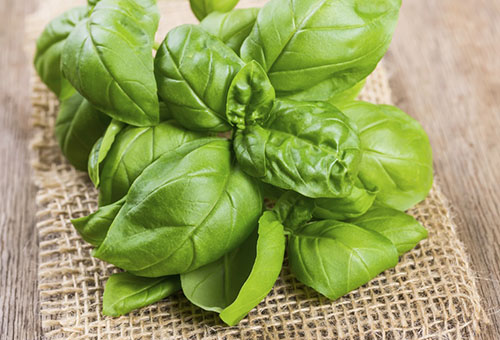
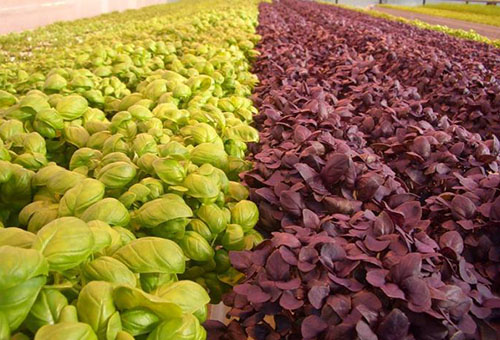
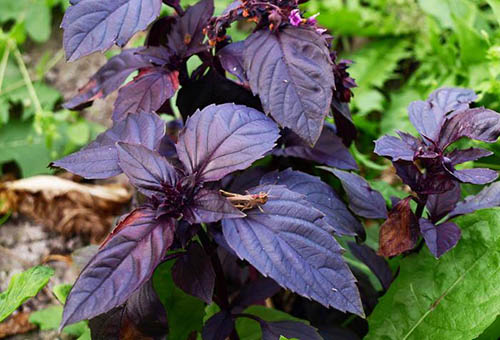
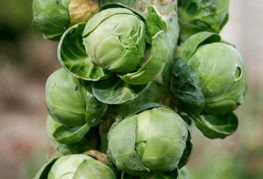
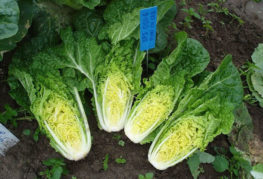

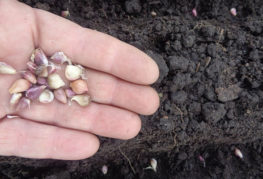

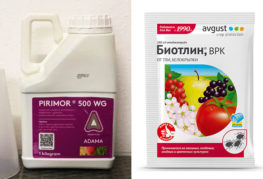
and will be published shortly.